
Agostino Carracci was an Italian painter, printmaker, tapestry designer, and art teacher. He was, together with his brother, Annibale Carracci, and cousin, Ludovico Carracci, one of the founders of the Accademia degli Incamminati in Bologna. Intended to devise alternatives to the Mannerist style favored in the preceding decades, this teaching academy helped propel painters of the School of Bologna to prominence.
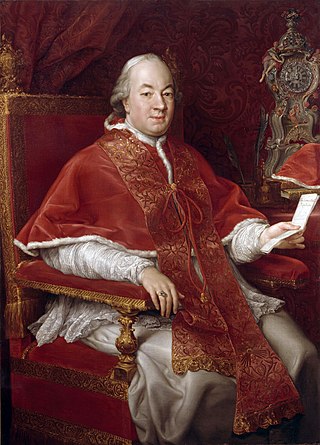
Pope Pius VI was head of the Catholic Church and ruler of the Papal States from 15 February 1775 to his death in August 1799.
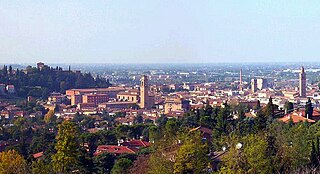
Cesena is a city and comune (municipality) in the Emilia-Romagna region of Italy; and - with Forlì - is the capital of the Province of Forlì-Cesena. Served by Autostrada A14, and located near the Apennine Mountains, about 15 kilometres from the Adriatic Sea. The total population is 97,137.

Pompeo Girolamo Batoni was an Italian painter who displayed a solid technical knowledge in his portrait work and in his numerous allegorical and mythological pictures. The high number of foreign visitors travelling throughout Italy and reaching Rome during their "Grand Tour" led the artist to specialize in portraits.

Pinturicchio, or Pintoricchio, also known as Benetto di Biagio or Sordicchio, was an Italian Renaissance painter. He acquired his nickname because of his small stature and he used it to sign some of his artworks that were created during the fifteenth and sixteenth centuries.
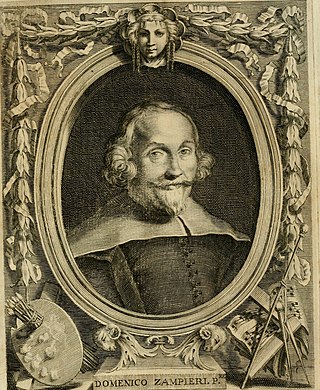
Domenico Zampieri, known by the diminutive Domenichino after his shortness, was an Italian Baroque painter of the Bolognese School of painters.

Pierre Hubert Subleyras was a French painter, active during the late-Baroque and early-Neoclassic period, mainly in Italy.
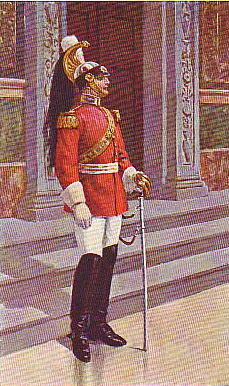
The Noble Guard was one of the household guard units serving the Pope, and formed part of the military in Vatican City. It was formed by Pope Pius VII in 1801 as a regiment of heavy cavalry, and abolished in 1970 by Pope Paul VI following Vatican II. Conceived as the Pope's personal guard, the unit provided a mounted escort for the Pope when he moved about Rome in his carriage and mounted guard outside his apartments in the papal palaces. The guardsmen were also available for special missions within the Papal States at the behest of the pope. One of their first major duties was to escort Pius VII to Paris for the Coronation of Napoleon in 1804.

Pienza is a town and comune in the province of Siena, Tuscany, in the historical region of Val d'Orcia. Situated between the towns of Montepulciano and Montalcino, it is considered the "touchstone of Renaissance urbanism".

Antonio Cavallucci was an eighteenth-century Italian painter of religious scenes and portraits.

Carlo Marchionni was an Italian architect. He was also a sculptor and a virtuoso draughtsman, who mixed in the artistic and intellectual circles. He was born and died in Rome.

Palazzo Braschi is a large Neoclassical palace in Rome, Italy and is located between the Piazza Navona, the Campo de' Fiori, the Corso Vittorio Emanuele II and the Piazza di Pasquino. It presently houses the Museo di Roma, the "Museum of Rome", covering the history of the city in the period from the Middle Ages through the nineteenth century.

Cosimo Morelli was an Italian architect, active throughout the Papal States in a Neoclassic style.

Bartolomeo Cavarozzi (1587–1625), occasionally referred to as Bartolomeo Crescenzi, was an Italian caravaggisti painter of the Baroque period. Cavarozzi's work began receiving increased admiration and appreciation from art historians in the last few decades of the 20th century, emerging as one of the more distinct and original followers of Caravaggio. He received training from Giovanni Battista Crescenzi in Rome and later traveled to Spain alongside his master for a few years where he achieved some renown and was significant in spreading "Caravaggism" to Spain before returning to Italy. His surviving works are predominantly Biblical subjects and still-life paintings, although older references note he "was esteemed a good painter especially of portraits".

Don Luigi Braschi-Onesti, 1st Duke of Nemi, 1st Prince of Rocca Sinibalda, 1st Marquess of Belmonte Sabino, Count of Falcino, Marquess and Count Braschi-Onesti, Grandee of Spain 1st Class, 1st Prince of the Holy Roman Empire, was a nephew of Pope Pius VI, who granted him his Dukedom, Marquessdom and Countdom.
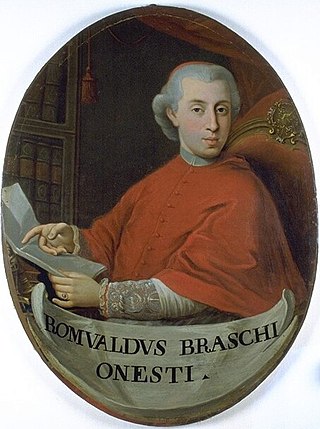
Romoaldo Braschi-Onesti was a cardinal of the Roman Catholic Church.

Adoration of the Magi is a painting in tempera on wood panel by Luca Signorelli (1450–1523) and his assistants, executed c. 1493–1494, and now in the Louvre in Paris. It was probably the first painting he produced in Città di Castello, and originally hung over the main altar of the monastery church of Sant'Agostino. The surface displayed within the frame is 331 cm by 245.5 cm. In late 2022 it was not on display.
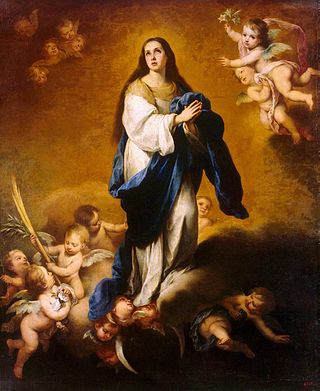
The Esquilache Immaculate Conception is a 1645–1655 oil on canvas painting by Bartolomé Esteban Murillo. It is held in the Hermitage Museum, in Saint Petersburg.


















